

Articles
How To Store Paper Medical Records
Modified: March 19, 2024
Learn the best way to store and organize your paper medical records with these helpful articles. Keep your important documents safe and easily accessible.
(Many of the links in this article redirect to a specific reviewed product. Your purchase of these products through affiliate links helps to generate commission for Storables.com, at no extra cost. Learn more)
Introduction
Organizing and storing paper medical records is an essential task for healthcare providers. With the advancement of electronic health records (EHRs), the utilization of paper records has significantly decreased. However, many healthcare facilities still rely on paper documents for certain aspects of patient care and legal requirements.
Properly storing paper medical records is crucial to ensure their accessibility, security, and long-term preservation. In this article, we will guide you through the steps to efficiently store your paper medical records, keeping them organized and protected for years to come.
Whether you are a small medical practice, a large healthcare institution, or an individual healthcare professional, implementing an effective and systematic method of storing your paper medical records is essential. Not only will it enable easy retrieval of patient information when needed, but it will also help streamline administrative processes, maintain compliance with privacy laws, and protect sensitive patient data.
In the following sections, we will highlight the necessary supplies, sorting and organizing techniques, labeling and categorizing methods, appropriate storage solutions, and the importance of maintaining and updating your paper medical records.
By following these guidelines, you can ensure that your paper medical records are stored efficiently and effectively, promoting a seamless workflow and enhancing patient care quality.
Key Takeaways:
- Efficiently organizing and storing paper medical records is crucial for healthcare providers to maintain a well-structured and accessible system. Each step, from gathering supplies to maintaining and updating records, plays a vital role in creating an efficient and effective record-keeping system.
- Prioritizing the maintenance and updates of paper medical records ensures the continuity of patient care, protects patient privacy, and maintains compliance with healthcare regulations. Adapting and evolving record-keeping practices according to emerging trends and solutions in medical record management is essential for enhancing patient care quality.
Read more: How To Store Medical Records
Step 1: Gather necessary supplies
Before you begin organizing and storing your paper medical records, it is important to gather the necessary supplies to ensure a smooth and systematic process. Here are some essential supplies you will need:
- File folders: Purchase an adequate number of file folders to accommodate your records. Choose folders that are durable and come with tabs for easy labeling. Consider using color-coded folders for different categories of records to enhance organization and quick identification.
- File cabinets or storage boxes: Depending on the volume of your paper medical records, you will need an appropriate storage solution. Consider investing in file cabinets if you have a large number of records. Alternatively, storage boxes can be a cost-effective option for smaller practices or individual healthcare providers.
- Labels and markers: Use labels and markers to clearly mark and identify the contents of each file folder. This will facilitate easy retrieval and minimize the chances of misplacement.
- Shredder: To maintain patient confidentiality and comply with privacy regulations, it is essential to dispose of old or unnecessary records securely. A paper shredder will help you safely destroy documents when needed.
- Index or catalog system: Consider implementing an index or catalog system to document and track the location of each record. This can be in the form of a spreadsheet, database, or specialized software designed for medical record management.
By gathering these supplies in advance, you will be prepared to efficiently organize and store your paper medical records. It is important to invest in high-quality supplies to ensure the long-term preservation of your records and to maintain their integrity.
Step 2: Sorting and organizing
Once you have gathered the necessary supplies, the next step is to sort and organize your paper medical records. This crucial step will lay the foundation for an efficient and systematic storage system. Here are some tips to help you with this process:
- Categorize by patient: Start by organizing records based on individual patients. Create a separate file folder for each patient and label it with their name, date of birth, and any unique identifier.
- Sort by date: Within each patient’s folder, sort the records chronologically. This will make it easier to track the patient’s medical history and identify specific documents when needed.
- Separate different record types: If your paper medical records consist of different types of documents, such as lab reports, medical histories, or consent forms, consider creating separate sections or folders for each type. This will allow for easier access and retrieval of specific records.
- Remove duplicates and outdated records: As you go through your paper medical records, make sure to remove any duplicate copies or outdated documents. This will help reduce clutter and streamline your storage system.
- Create an index or catalog: As you sort and organize your records, consider creating an index or catalog system. This can be a physical log or a digital spreadsheet that lists the patient’s name, file folder location, and the types of records contained in each folder. This index will serve as a useful reference tool when searching for specific documents.
By following these sorting and organizing techniques, you can establish a structured and efficient system for your paper medical records. This will not only make it easier to locate and retrieve patient information but also streamline administrative processes and improve patient care.
Step 3: Labeling and categorizing
Labeling and categorizing your paper medical records is essential for easy identification and retrieval. Properly labeling the folders and categorizing the records will ensure that you can quickly locate specific documents when needed. Follow these tips to effectively label and categorize your records:
- Clear and consistent labeling: Use clear and legible labels to mark each file folder. Include essential information such as the patient’s name, date of birth, and any unique identifier. Consistency in labeling is important to maintain uniformity across all folders.
- Color-coding: Consider color-coding your folders to further enhance organization and categorization. Assign a specific color to different types of documents or record categories. For example, use one color for lab reports, another for medical histories, and so on. This visual cue will allow for quicker identification of records.
- Create subcategories: If you have a large volume of records or diverse categories of documents, create subcategories within each patient’s folder. For instance, you can have separate sections for diagnostic reports, treatment plans, and correspondence. This will make it even easier to locate specific documents within the larger patient file.
- Use clear dividers: If you choose to create subcategories, use clear dividers or tabs to separate them within the patient’s folder. This will ensure that the records stay organized and easily accessible. Clear dividers allow you to see the labels and minimize the chances of misplacing documents.
- Maintain a categorization guide: Create a reference guide that outlines the different categories or colors you have assigned to specific record types. This guide will help new staff members understand the organization system and ensure consistency in labeling and categorizing even as your team grows.
By implementing effective labeling and categorizing techniques, you can streamline the retrieval process and save valuable time when searching for specific paper medical records. These methods will also contribute to the overall efficiency of your storage system, ensuring that records remain well-organized and easily accessible.
Store paper medical records in a secure, climate-controlled area to prevent damage from moisture, pests, or temperature fluctuations. Use labeled, organized storage containers to easily locate specific records when needed.
Step 4: Choosing an appropriate storage solution
Choosing the right storage solution is crucial for maintaining the integrity and accessibility of your paper medical records. The storage method you choose should offer protection against physical damage, maintain privacy and security, and allow for efficient record retrieval. Consider the following factors when selecting an appropriate storage solution:
- File cabinets: File cabinets are a common storage option for paper medical records. They provide ample space and offer physical protection against dust, moisture, and other external factors. Choose cabinets that are made of sturdy materials and equipped with proper locking mechanisms to ensure the security of sensitive records.
- Storage boxes: Storage boxes are a cost-effective solution for smaller practices or individual healthcare providers. Use durable, acid-free boxes to prevent deterioration of records over time. Label each box clearly for easy identification.
- Off-site storage: If you have limited space or prefer to outsource your records storage, consider using off-site storage facilities. These facilities are equipped with advanced security and climate-controlled environments to ensure the safety and preservation of your records. Make sure the facility complies with relevant privacy regulations and has a reliable retrieval system in place.
- Electronic record management systems: If you have the resources and capability, consider digitizing your paper medical records and storing them in electronic record management systems. This allows for easy access, efficient record retrieval, and secure backups. Ensure that the digital system you choose is HIPAA compliant and offers robust security measures to protect patient information.
- Consider long-term storage: If you need to store records for an extended period, such as for legal or compliance purposes, opt for archival-grade storage solutions. These are specifically designed to preserve records for long durations, protecting against degradation and deterioration.
Ultimately, the storage solution you choose should align with your specific needs, budget, and the volume of paper medical records you need to store. Regularly assess and evaluate your storage system to ensure it continues to meet your requirements over time.
Remember to regularly review and update your storage solution to accommodate any changes in record volume or regulatory requirements. This will help you maintain an organized and efficient system for storing your paper medical records.
Read more: How To Store Vinyl Records
Step 5: Storing paper medical records
Now that you have sorted, organized, labeled, and chosen an appropriate storage solution, it’s time to store your paper medical records. Proper storage techniques will ensure the long-term preservation and accessibility of your records. Follow these guidelines when storing your paper medical records:
- Arrange records systematically: Place the file folders or storage boxes in a logical and systematic order. This can be alphabetical by patient name, numerical by patient identifier, or any other method that best suits your needs.
- Take care with stacking: If you are using storage boxes, stack them carefully to prevent any damage to the records. Avoid stacking boxes too high, as this can lead to instability and increase the chances of records falling or getting damaged.
- Protect against environmental factors: Keep your storage area clean, dry, and free from extreme temperatures. Exposure to moisture, direct sunlight, and fluctuations in temperature can cause significant damage to paper records. Consider using dehumidifiers or climate-controlled storage facilities to maintain ideal storage conditions.
- Secure access to storage: Implement appropriate access controls to ensure the security and privacy of your paper medical records. Restrict access to authorized personnel only and keep the storage area locked when not in use. This will help prevent unauthorized access or tampering with sensitive patient information.
- Backup and disaster recovery: Establish a backup and disaster recovery plan for your paper medical records. This can include creating duplicates of critical records and storing them off-site or in digital form. Having a comprehensive plan in place will help mitigate the risk of loss or damage to your records due to unforeseen events.
Regularly inspect and maintain your storage area to ensure that it remains in optimal condition. Monitor for any signs of deterioration or damage to the records and take immediate action to address these issues. Regularly update your inventory and tracking systems to keep a comprehensive record of the location of each file folder or storage box.
By following these storage practices, you can ensure the longevity and accessibility of your paper medical records, allowing for efficient retrieval when needed.
Step 6: Maintaining and updating records
Maintaining and updating your paper medical records is essential to ensure their accuracy, relevance, and compliance with legal and regulatory requirements. Follow these guidelines to effectively maintain and update your records:
- Regularly review and purge: Conduct regular reviews of your paper medical records to identify and remove outdated or irrelevant documents. This will help declutter the storage space and ensure that only current and necessary records are retained.
- Follow retention guidelines: Familiarize yourself with the legal and regulatory requirements regarding the retention of medical records. Different record types may have specific retention periods that you need to adhere to. Make sure you comply with these guidelines to avoid any legal or compliance issues.
- Implement a record destruction policy: Establish a clear policy for the destruction or disposal of paper medical records. This should include guidelines for securely shredding or disposing of records containing sensitive patient information. Ensure that your policy aligns with privacy laws and regulations to prevent any unauthorized access to patient data.
- Update records promptly: Whenever there are changes or updates to a patient’s medical information, ensure that the records are promptly updated. This includes documenting new diagnoses, treatment plans, test results, and any other relevant information. Accurate and up-to-date records are crucial for providing quality patient care.
- Maintain proper documentation: Keep a comprehensive log or tracking system that records any updates or changes made to the paper medical records. This documentation will serve as a reliable record of the history and modifications made to each patient’s records.
- Perform routine audits: Conduct periodic audits of your paper medical records to ensure compliance with internal policies and established industry standards. This will help identify any gaps or inconsistencies in your record-keeping practices and allow for timely corrective actions.
By maintaining and updating your paper medical records regularly, you are not only ensuring data accuracy and compliance but also promoting effective patient care. Prioritize the security and privacy of the records at all times to safeguard sensitive patient information.
Remember to stay informed about any changes in regulations or best practices regarding medical record management. Continuously educate your staff members about proper record-keeping procedures and provide them with the necessary training to ensure adherence to these protocols.
By following these practices, your paper medical records will remain accurate, relevant, and readily accessible when needed.
Conclusion
Efficiently organizing and storing paper medical records is crucial for healthcare providers to maintain a well-structured and accessible system. By following the steps outlined in this article, you can establish a systematic approach that ensures the preservation, security, and easy retrieval of your records.
From gathering the necessary supplies to selecting an appropriate storage solution, each step plays a vital role in creating an efficient and effective record-keeping system. Sorting and organizing records, labeling and categorizing them, and maintaining proper storage conditions all contribute to the accessibility and accuracy of your paper medical records.
Remember to regularly review and update your records, adhering to retention guidelines and implementing proper document destruction policies. This ensures that your records remain up-to-date, relevant, and compliant with legal and regulatory requirements.
Furthermore, consider implementing electronic record management systems or digitizing your records to enhance accessibility, security, and efficiency. Electronic systems provide a sustainable and scalable solution for managing medical records, while also reducing physical storage requirements.
By prioritizing the maintenance and updates of your paper medical records, you are not only ensuring the continuity of patient care but also protecting patient privacy and maintaining compliance with healthcare regulations.
As technology continues to advance, it is important to adapt and evolve your record-keeping practices accordingly. Stay informed about emerging trends and solutions in medical record management to continuously improve your processes and enhance patient care quality.
With the implementation of these strategies, you can establish a well-organized and efficient paper medical record system that streamlines administrative tasks, enhances patient care, and ensures the security and accessibility of essential healthcare information.
Frequently Asked Questions about How To Store Paper Medical Records
Was this page helpful?
At Storables.com, we guarantee accurate and reliable information. Our content, validated by Expert Board Contributors, is crafted following stringent Editorial Policies. We're committed to providing you with well-researched, expert-backed insights for all your informational needs.


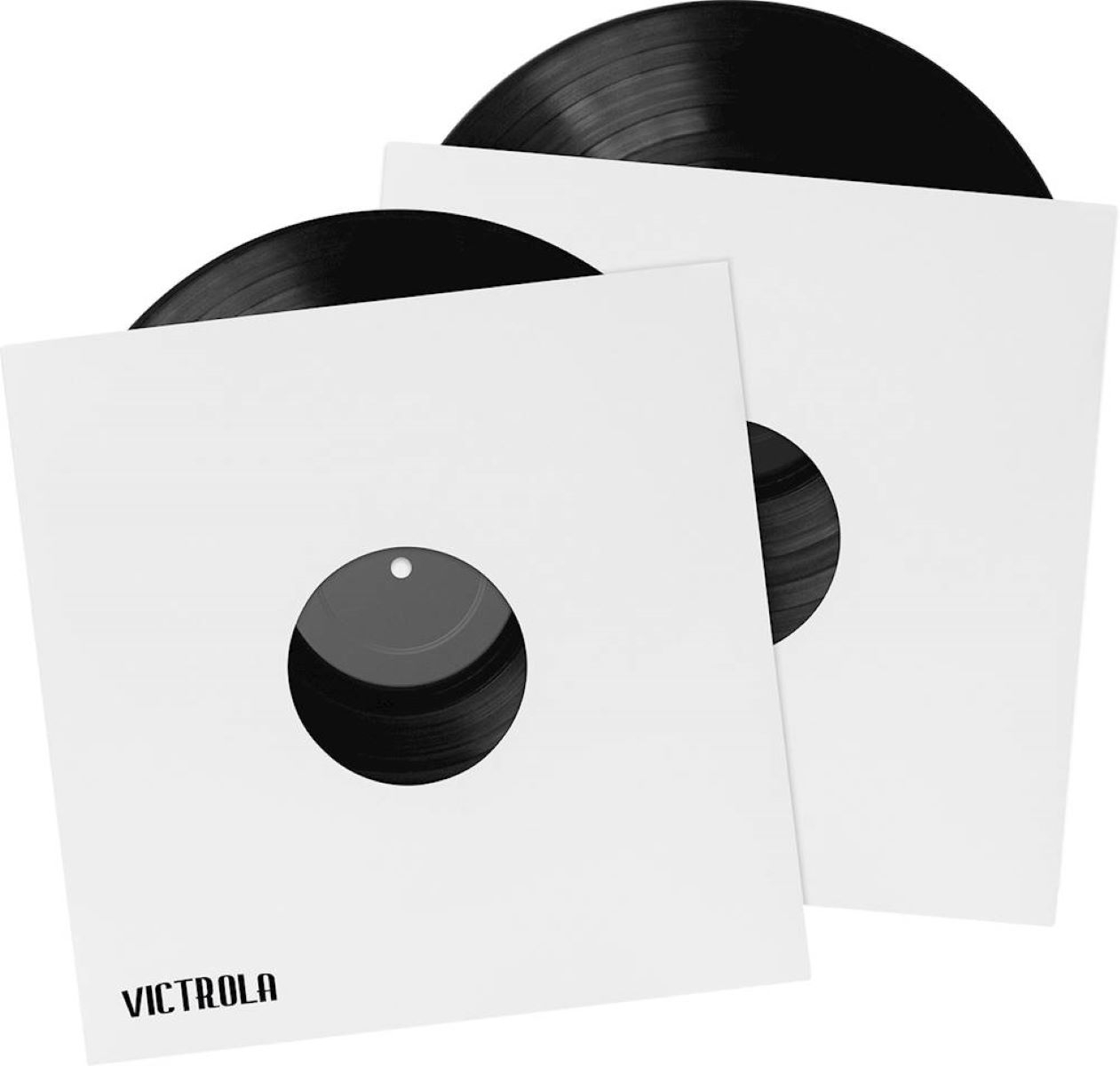

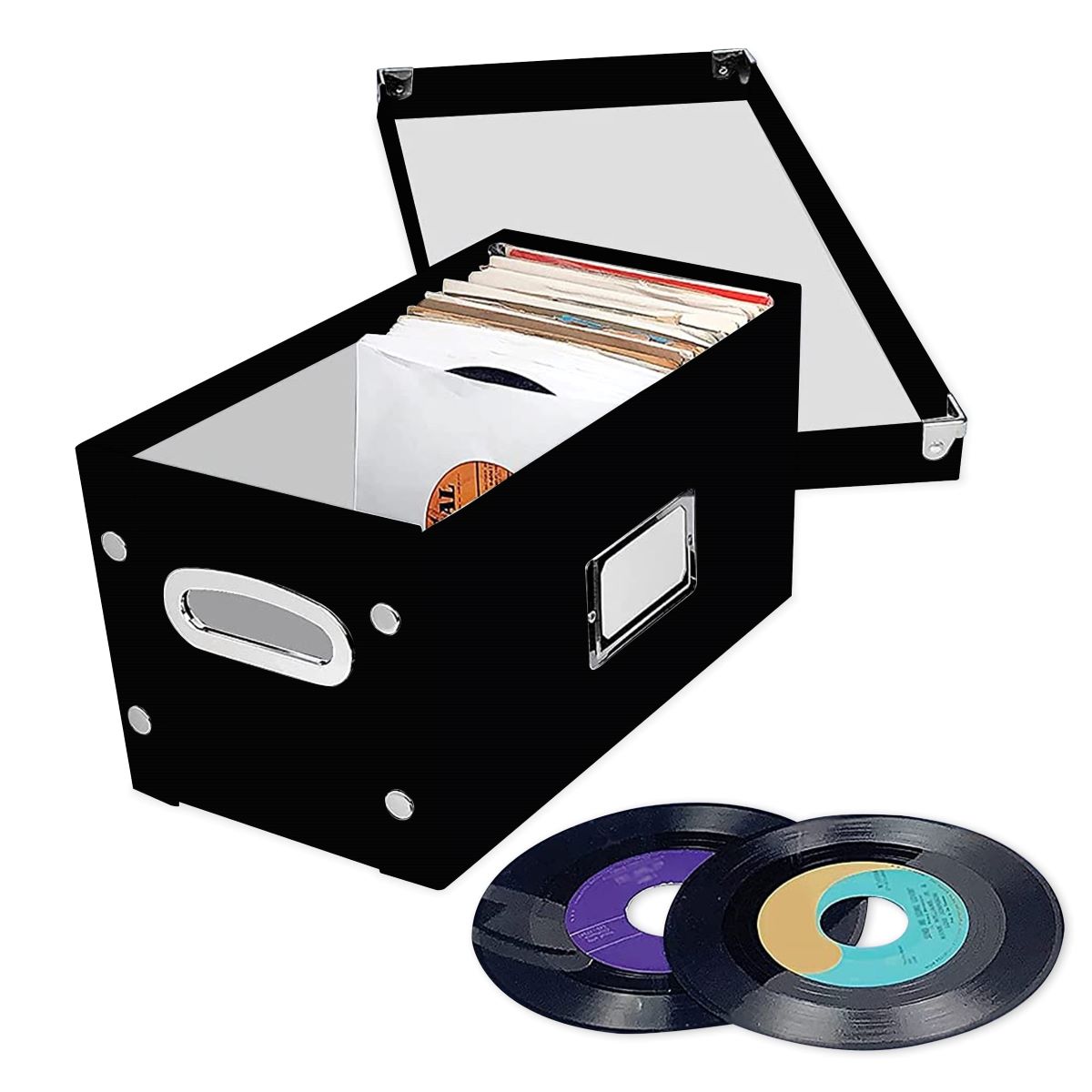
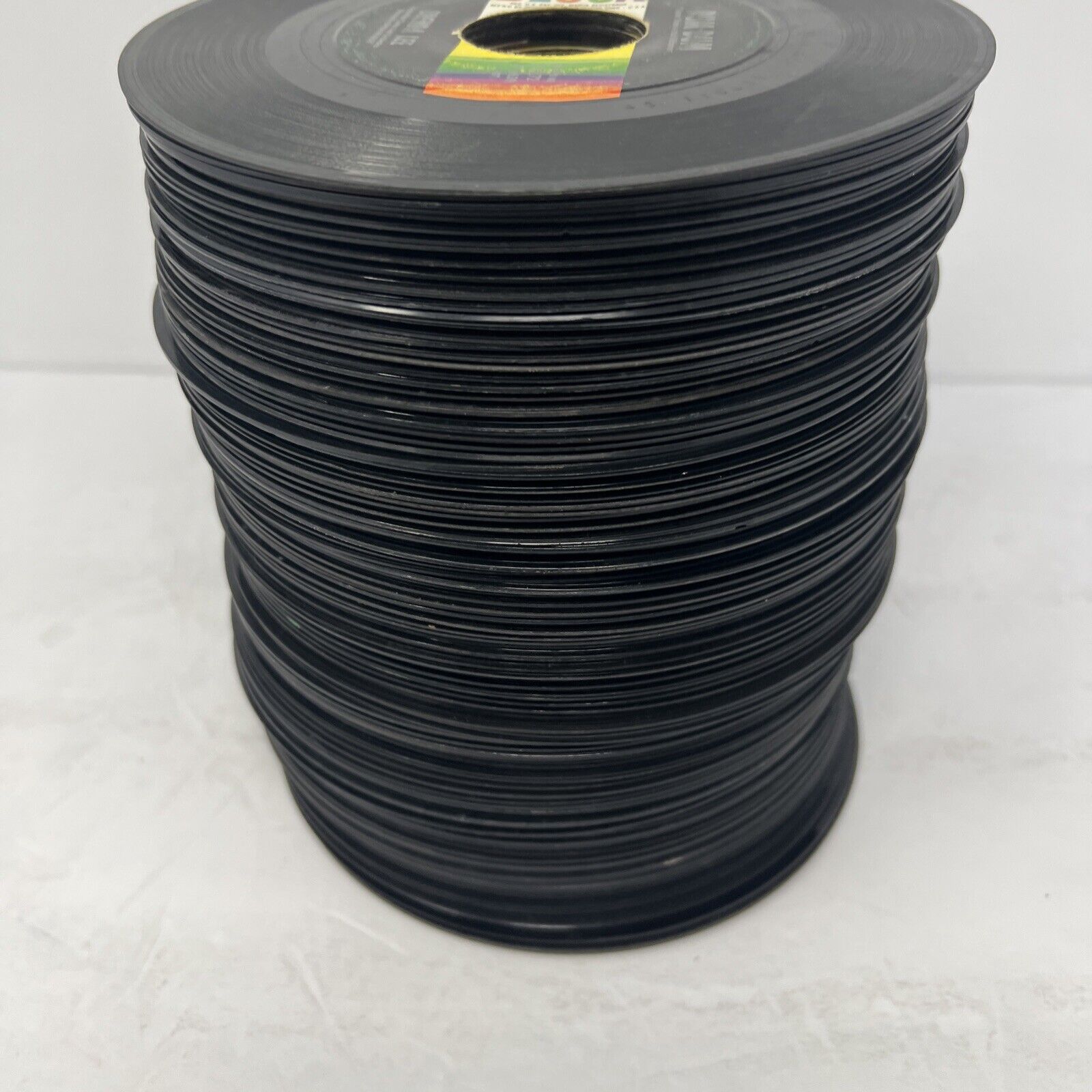
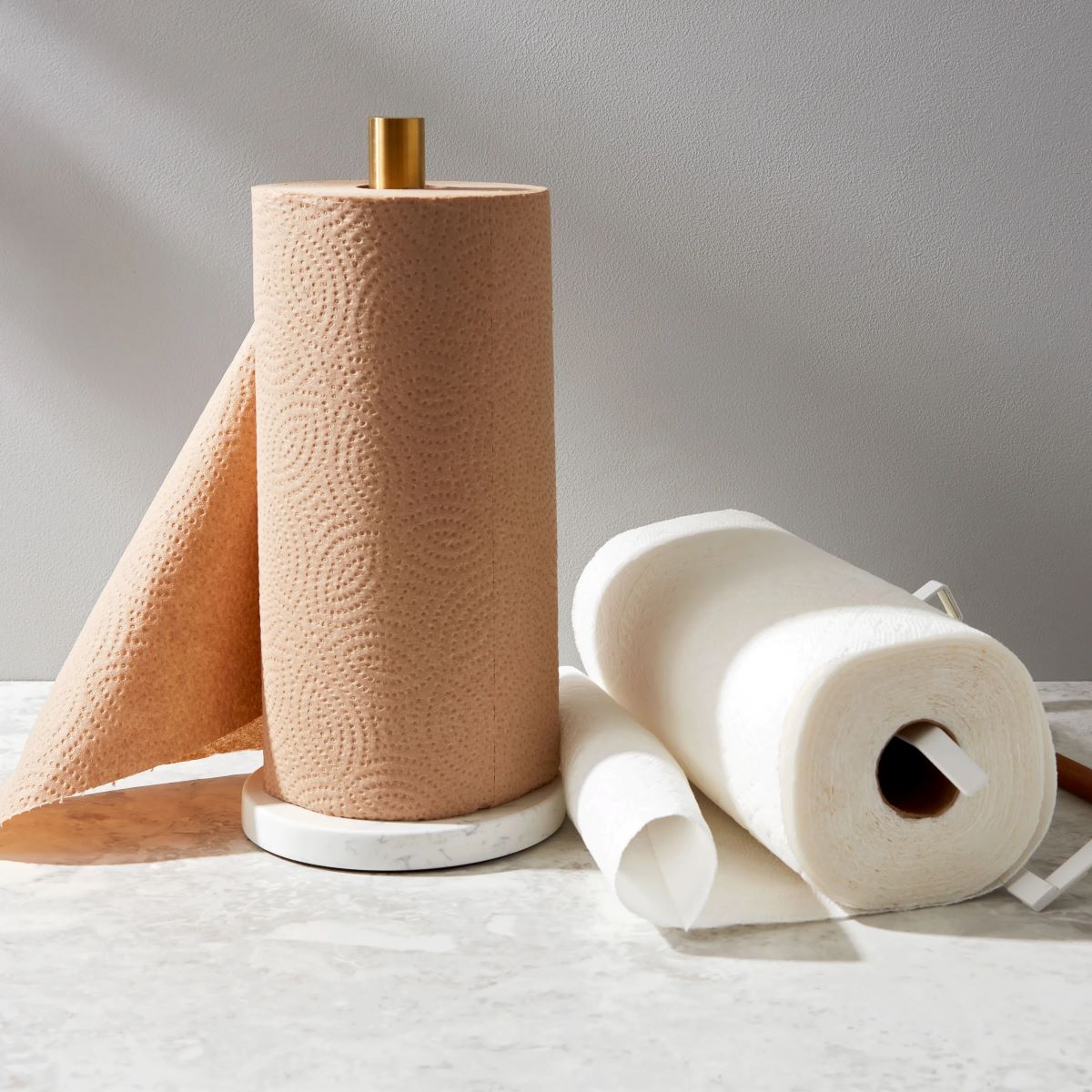


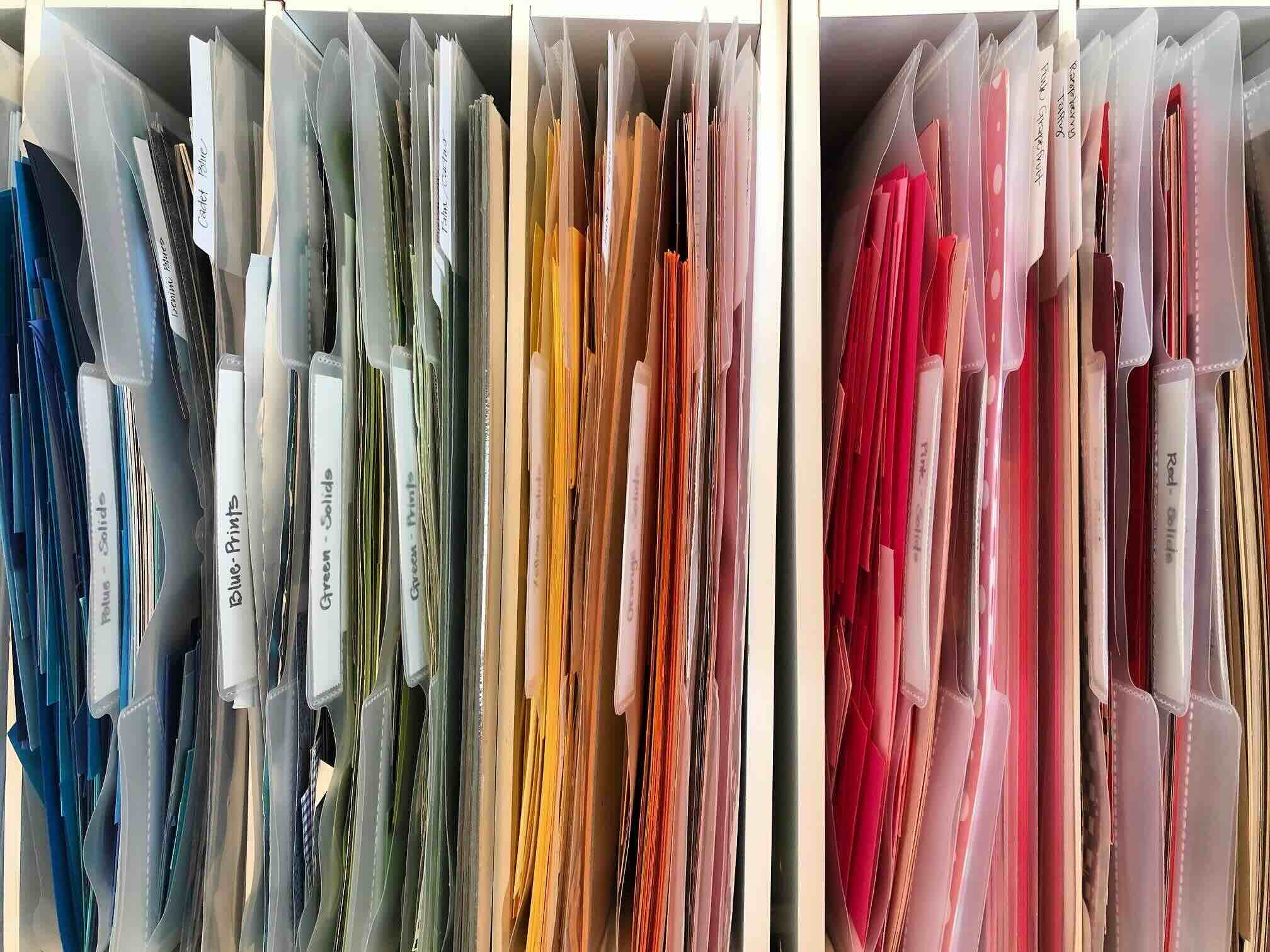
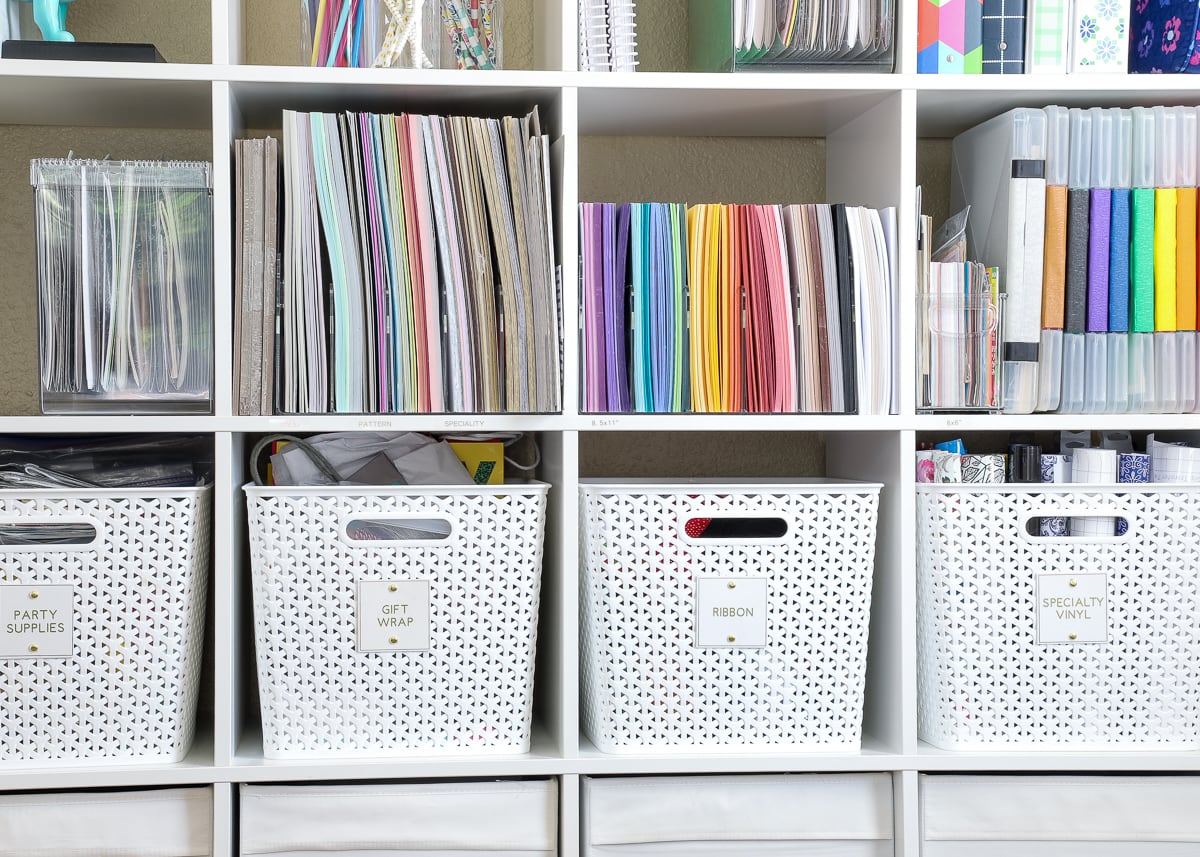


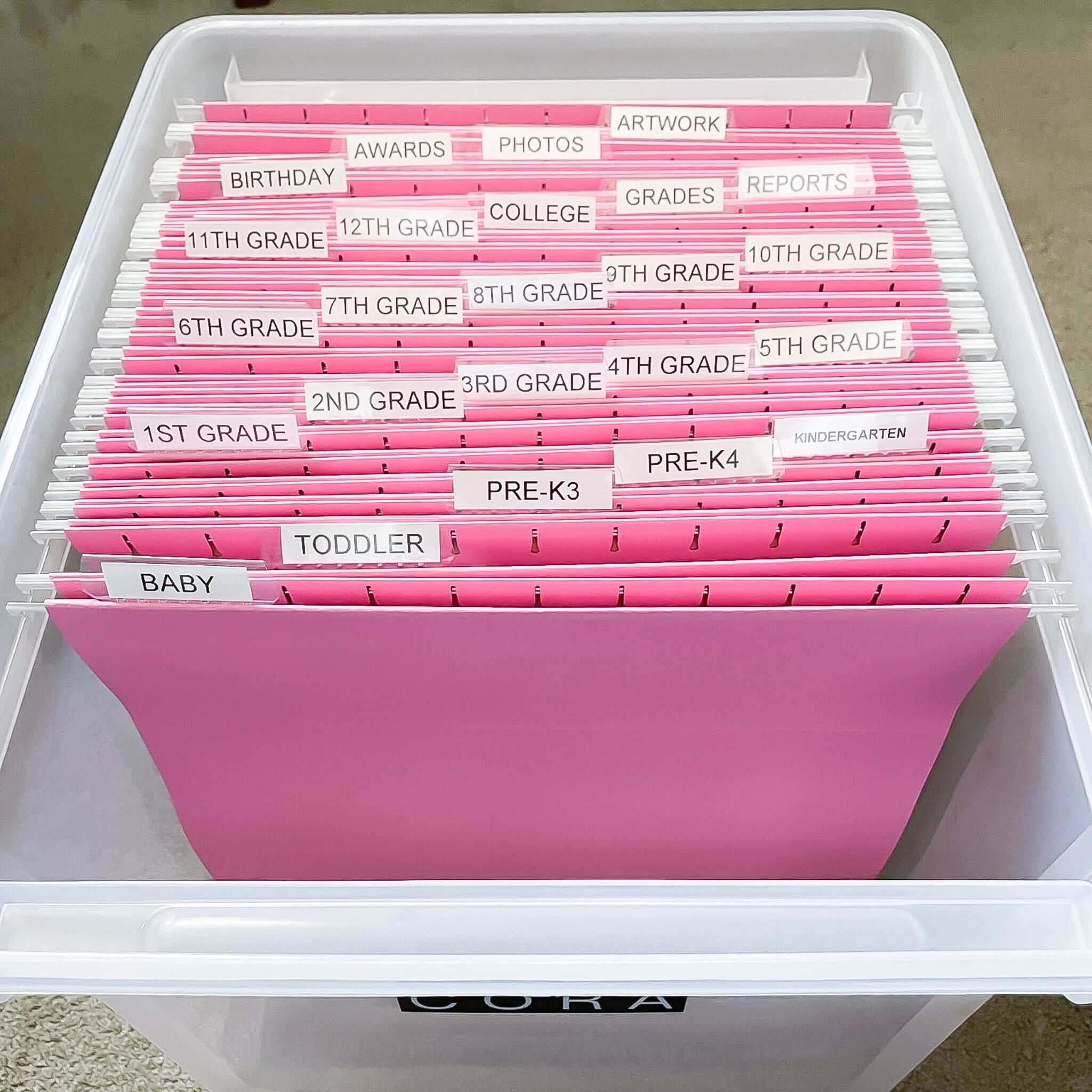

0 thoughts on “How To Store Paper Medical Records”